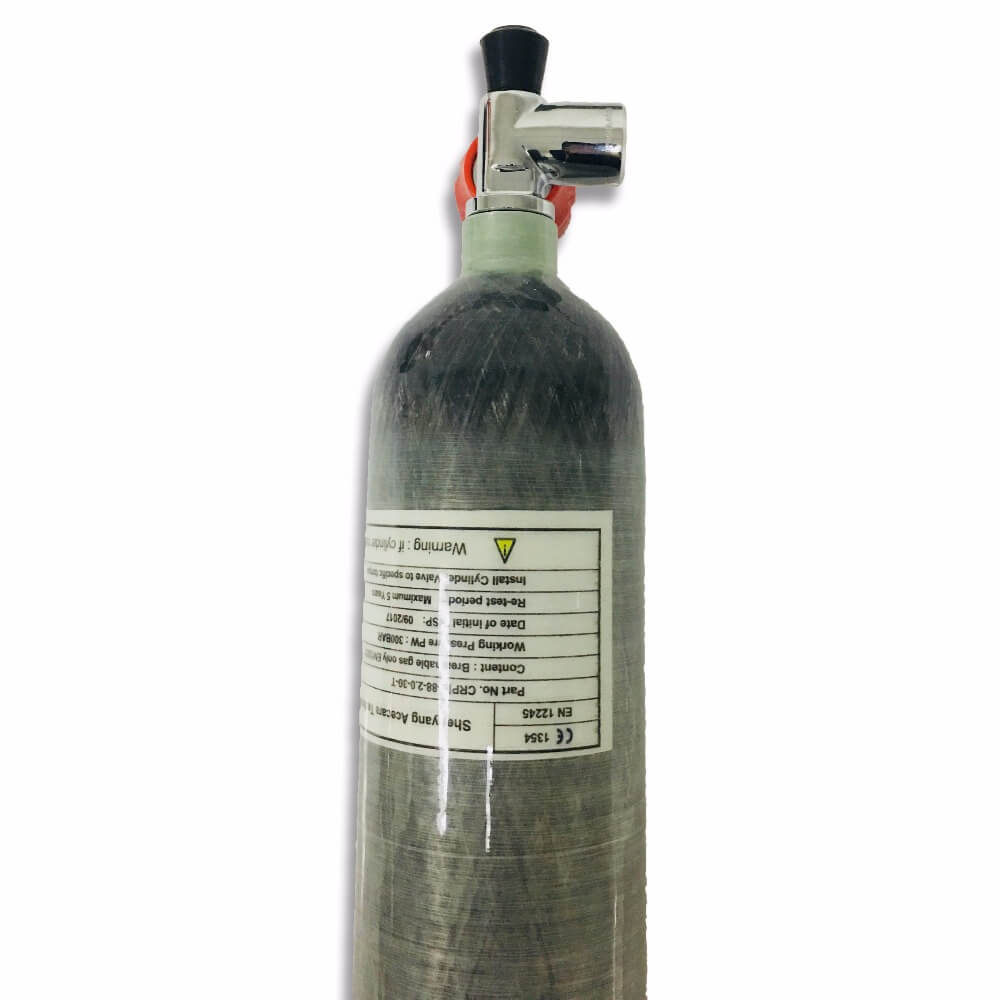Starting the paint ball journey can be an exhilarating experience, particularly as it relates to selecting the first paintball cylinder and marker. With a vast array of choices available, understanding the essentials not only will enhance the gameplay and also guarantee you enjoy each moment on the field. Whether you are drawn to a fast-paced excitement of speedball or a strategic aspects of woodsball, knowing what features and equipment to look out for is crucial for all beginner.
Within this guide, we will discuss the optimal strategies for choosing a paintball gun and tank which fit your individual style and gameplay preferences. From looking at the differences between CO2 and HPA tanks and comparing electronic and mechanical guns, we will provide you with the knowledge necessary to make informed decisions. As a team, let's navigate the realm of paintball equipment, ensuring you start the adventure fully equipped and ready to dominate the arena.
Selecting Your First Paintball Gun
While selecting your first paintball gun, it's important to take into account your playing style and the type of paintball games you aim to engage in. Distinct guns are designed for varied environments, such as speedball or woodsball. As a beginner, you may want to start with a marker that has versatility, enabling you to experiment with different playing styles without being restricted to one specific type. Search for a gun that is beginner-friendly and recommended by other new players to ensure a smooth introduction to the sport.
One of the main factors to consider is whether you favor an electronic or mechanical paintball gun. Electric guns tend to have faster shooting rates and more customization features, which makes them appealing for competitive play. On the contrarily, mechanical guns are often typically more consistent and simpler to maintain, which can be a major plus for beginners who may not yet be familiar with all the intricacies of paintball technology. Balance the advantages and disadvantages of the two types to determine which one is more suitable with your needs.

In addition to the type of gun, you should also pay close attention to features including weight, size, and ease of maintenance. A lighter gun will be easier to handle during long sessions, while a compact size can make maneuverability easier. Furthermore, pick a gun that is easy to clean and maintain; this is particularly important for beginners who might be confused by complex maintenance routines. With a plethora of options available, doing in-depth research and testing a few guns in person, if possible, will greatly boost your decision-making process.
Choosing the Right Paintball Tank
When select a paintball tank, the first decision to make is between CO2 and high-pressure air tanks. Carbon dioxide tanks are generally cheaper and can be more convenient to find, making them a popular choice for beginners. However, Find Out More is responsive to temperature fluctuations, which can impact functionality. Conversely, HPA tanks provide a consistent air pressure, resulting in more reliable shot accuracy and performance, especially in changing temperatures. For dedicated players who value performance, an HPA tank is usually the better option.
Following that, think about the tank size and weight that fits your playing style. Tanks come in a range of sizes, typically measured in cubic inches. A larger tank provides greater shot capacity per fill but can also be bulkier and more cumbersome. If you're playing speedball, you may favor a more compact, lighter tank for mobility. Conversely, in woodsball scenarios, the extra shots from a larger tank might be advantageous. It's crucial to evaluate how each type of tank will influence your comfort and efficacy on the field.
Lastly, ensure that you seek out a tank with safety features like a built-in regulator for consistent airflow and a pressure gauge to monitor air pressure. These features boost your overall safety during gameplay. Frequent maintenance is also essential, so get acquainted with how to prolong the life of your tank by checking for leaks, knowing pressure limits, and making sure that the tank is checked frequently. Selecting the appropriate tank not just improves your performance but also enhances your confidence while playing.
Maintaining Your Paintball Equipment
Maintaining your paintball gun and tank in excellent operational condition is crucial for a rewarding game day. Routine maintenance not only prolongs the life of your equipment but also ensures that you perform at your peak on the field. Start by adopting the manufacturer's guidelines for cleaning and maintenance, which usually involve dismantling the gun to clean the barrel and internal components. Pay special attention to the o-rings, as they can wear out and result in leaks or malfunctions.
For your paintball tank, it's important to check it regularly for any signs of damage or wear. Check for scratches, dents, or any signs of rust on the tank's surface. Ensure that the regulator is functioning correctly, as it controls the airflow to your gun. If you notice any inconsistencies or leaks, it's best to have the tank inspected by a certified technician or replace it if required. Maintaining adequate pressure levels and avoiding the tank from extreme temperatures will help maintain its integrity.
Finally, washing your paintball hopper and other accessories is also crucial. Paint residue can gather in the hopper, impacting its performance and resulting in jamming issues. Make sure to sanitize these components after use, and store them in a chilly, non-humid place to prevent moisture buildup. By committing to a regular maintenance routine, you ensure your paintball gear stays in great shape and ready for your next adventure.
